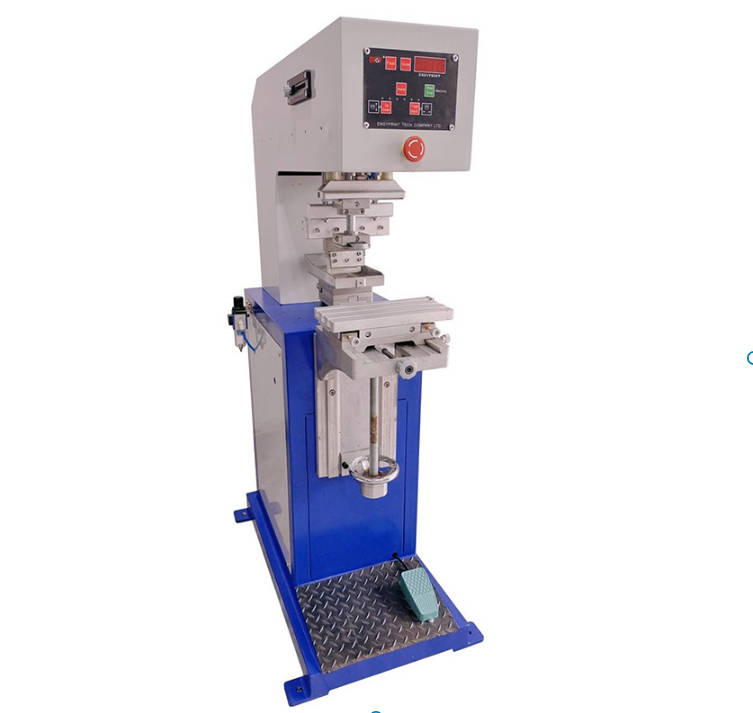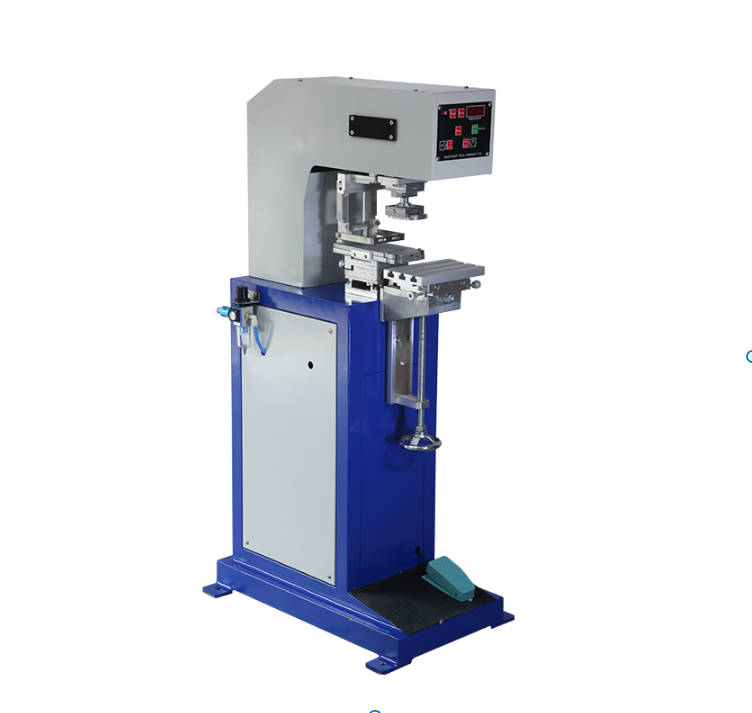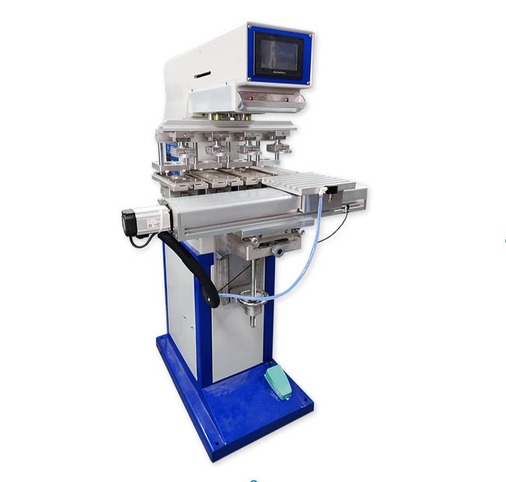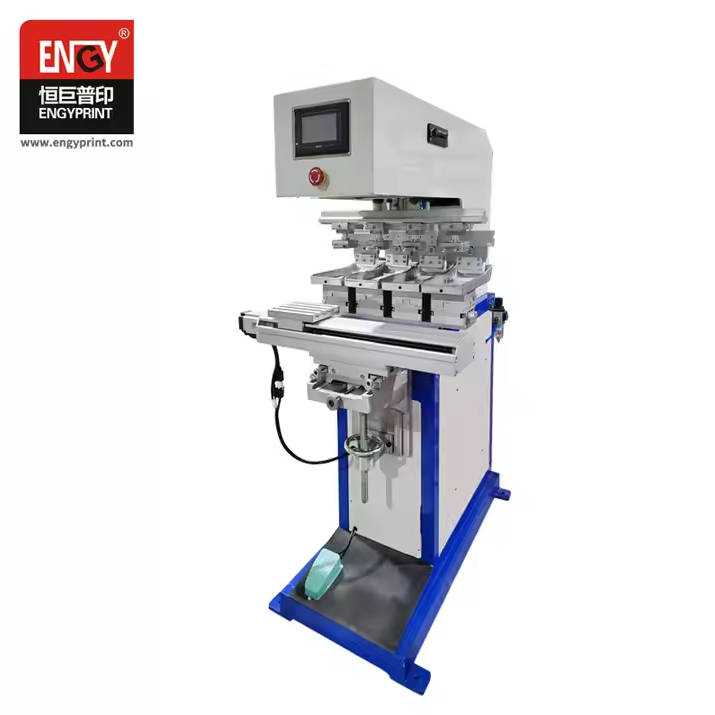
Pad printing is a widely used printing technique that allows for the transfer of images onto various surfaces. It is particularly valued for its ability to print on irregularly shaped objects. One critical factor that influences the quality of prints produced by pad printing machines is the hardness of the pad used in the process. Understanding how pad hardness affects printing accuracy is essential for those involved in the printing industry.
In this article, we will explore the relationship between pad hardness and printing accuracy, providing insights into how to select the right pad for your specific application.
Table of Contents
- Understanding Pad Hardness
- The Importance of Printing Accuracy
- How Pad Hardness Affects Printing Accuracy
- Choosing the Right Pad Hardness for Different Applications
- Pad Printing Equipment and Technology
- Best Practices for Maintaining Printing Accuracy
- Conclusion
Understanding Pad Hardness
Pad hardness refers to the firmness of the pad used in the pad printing process. It is a crucial parameter that affects how ink is transferred from the pad to the substrate. Hardness is typically measured on a durometer scale, which quantifies the resistance of the pad material to indentation.
Various materials are used to manufacture pads, including silicone and urethane, each offering different hardness levels. Softer pads can conform better to surfaces, while harder pads provide more precise ink transfer. Understanding the material properties and hardness of pads is essential for selecting the best option for specific printing tasks.
Measurement of Pad Hardness
Pad hardness is measured using a durometer, which provides a numerical value to the hardness of the pad. The most common scales used are Shore A and Shore D. Shore A is typically used for softer pads, while Shore D is used for harder materials. The choice of scale depends on the application and the type of printing being performed.
Types of Pad Materials
Common materials for pads include:
- Silicone: Known for its flexibility and durability, silicone pads are often used for applications requiring high precision.
- Urethane: Urethane pads offer excellent wear resistance and are suitable for high-volume production runs.
- Foam: Foam pads can be used for specific applications where a softer touch is needed.
The Importance of Printing Accuracy
Printing accuracy in pad printing is defined by how closely the printed image matches the intended design. High accuracy is vital for producing quality prints, especially in industries like electronics and cosmetics, where precision is paramount.
Factors affecting printing accuracy include pad design, ink viscosity, and, importantly, pad hardness. The right pad hardness can significantly enhance the quality of the print, ensuring that details are captured accurately and consistently.
Factors Influencing Printing Accuracy
Some key factors that influence printing accuracy include:
- Pad Design: The shape and design of the pad can affect how ink is deposited on the substrate.
- Ink Viscosity: The thickness of the ink can change how well it adheres to the pad and subsequently transfers to the substrate.
- Printing Speed: Faster printing speeds may compromise accuracy if the pad does not have the right hardness.
How Pad Hardness Affects Printing Accuracy
There is a direct correlation between pad hardness and ink transfer. Softer pads generally allow for better contact with irregular surfaces, which can enhance ink transfer and improve printing accuracy. Conversely, hard pads may not conform as readily, potentially leading to incomplete transfers or misalignment.
Soft Pads vs. Hard Pads
Using soft pads can result in improved ink transfer, especially on uneven surfaces. For example, when printing on a textured surface, a softer pad can adapt and fill the gaps, leading to a more consistent print. On the other hand, hard pads are beneficial for flat surfaces where precision is vital. They provide a crisp and clear image, reducing the risk of blurring.
Case Studies on Pad Hardness
In a case study involving the printing of intricate logos on cosmetic containers, it was found that using a softer pad resulted in sharper images and fewer defects compared to harder pads. This underscores the importance of selecting the appropriate hardness based on the specific printing requirements.
Choosing the Right Pad Hardness for Different Applications
When selecting pad hardness, it is essential to consider the specific application. For instance, printing on flat surfaces may require a different hardness compared to printing on curved or textured surfaces.
Guidelines for Selecting Pad Hardness
When determining the right pad hardness, consider the following:
- Surface Type: Evaluate whether the surface is flat, curved, or textured.
- Ink Type: Different inks may require specific pad hardness to achieve optimal results.
- Print Detail: High-detail prints may benefit from harder pads, while softer pads can be used for broader designs.
Industry-Specific Recommendations
Industry-specific recommendations suggest the following:
- Electronics: Medium to hard pads are often preferred for precise component printing.
- Cosmetics: Softer pads are recommended for achieving high-quality decorative prints on irregular shapes.
- Automotive: Hard pads are useful for durable prints that withstand harsh conditions.
Pad Printing Equipment and Technology
Pad printing equipment includes various machines designed to facilitate the printing process. The hardness of the pad influences machine settings, such as ink viscosity and pressure applied during printing. Understanding how these variables interact is crucial for optimizing print quality.
Components of Pad Printing Machines
The major components of a pad printing machine include:
- Ink Cup: Holds the ink and transfers it to the pad.
- Pad Holder: Secures the pad during the printing process.
- Printing Plate: Contains the image to be printed and is essential for accurate ink transfer.
Influence of Pad Hardness on Machine Settings
Recent advancements in automatic pad printing machines have allowed for better control over pad hardness and printing parameters, enhancing overall accuracy and efficiency in production. For instance, operators can adjust the pressure applied to the pad based on its hardness, ensuring optimal ink transfer.
Best Practices for Maintaining Printing Accuracy
To ensure high printing accuracy, it is essential to regularly check and calibrate pad hardness. Additionally, using quality pad printing supplies can significantly impact the final print quality.
Regular Maintenance Tips
Here are some tips for maintaining accuracy:
- Regularly inspect pads for wear and tear.
- Keep pad printing equipment clean and well-maintained.
- Conduct routine tests to assess ink transfer and alignment.
Quality of Pad Printing Supplies
Investing in high-quality pad printing supplies, such as inks, pads, and cleaning materials, can greatly enhance printing results. Quality supplies ensure better ink adhesion and transfer, reducing the likelihood of defects in the final product.
Conclusion
In conclusion, understanding how pad hardness affects printing accuracy is essential for anyone involved in pad printing. By selecting the right pad hardness and maintaining quality equipment and supplies, businesses can ensure high-quality prints that meet their specific needs. As the pad printing industry continues to evolve, staying informed about these factors will allow companies to maintain their competitive edge and produce superior products.







